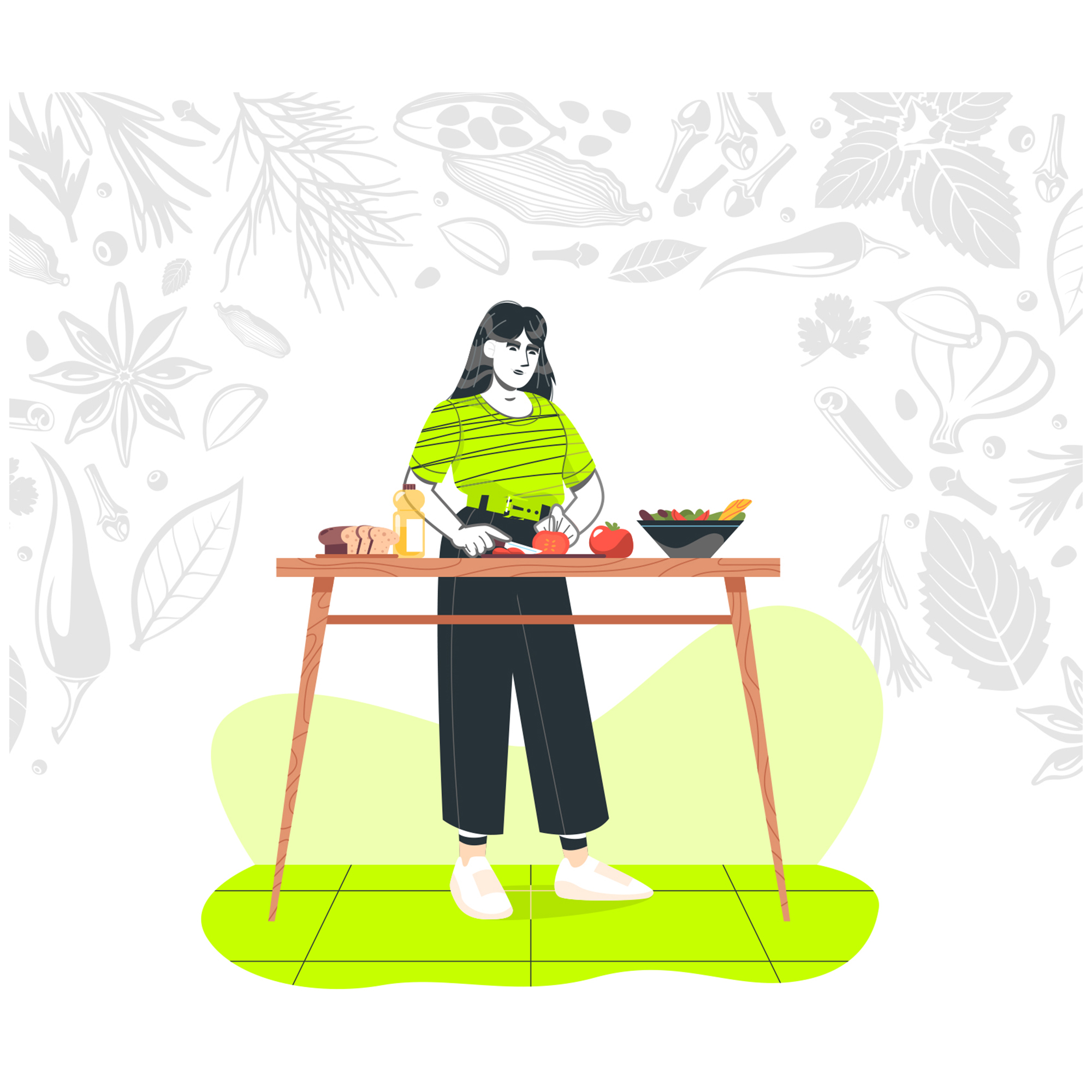
Top 10 Indian spices and their multifarious use
Top 10 Indian spices and their multifarious use
If we're talking about Indian food, you should be aware that the spices, ingredients, and flavours differ as much as the country's diverse culture and customs. That is, after all, what characterises Indian food. So, let's have a look at some of the spices and herbs that appear in practically every Indian dish.
- Turmeric: Turmeric is one of the most versatile spices in the world and is frequently used as one of the main components in curry. It's also used to colour anything from cheese to cosmetics, as well as for healing. It's thought to be helpful for radiant skin in India.
- Curry Leaves: Widely used to add flavour in South Indian cookery, curry leaves can be used as a chutney or as a seasoning with mustard seeds and red chillies. For extra flavour, add them to your glass of buttermilk or to your chicken stew. Curry leaves also contain a wide range of health benefits.
- Black Pepper: Peppercorns, which are dried berries from the plant Piper nigrum, is ground to make black pepper. It's rich in piperine, a plant chemical that has been proved in various studies performed in test tubes to have powerful antioxidant & anti-inflammatory capabilities and several other health benefits such as improving blood sugar levels, lowering cholesterol levels & most-effective cancer-fighting properties
- Mint: A touch of mint can make practically everything right, don't you agree? It's cool, flavorful, and delicious. We adore mint to the point where many of us have our own small mint plant in our kitchen gardens. Mint is one of the world's oldest culinary plants. Its extraordinary medical powers have made it one of the most well-known and widely utilised plants in history.
- Red Chilli: Some of the most traditional and hot Indian cuisines use red chilli. The seasoning is recognised for giving foods a fiery red colour and a spicy kick. Red chilli is commonly used in Kashmiri, Awadhi, and Rajasthani cuisine. There are a variety of variations available, such as Kashmiri Lal Mirch. Laal Mirch tadka is a common way to finish most dal dishes.
- Kokum: Kokum is a plant that is used as a spice as well as a medicinal herb. According to research, kokum may be an efficient appetite suppressor. The health advantages of kokum include cancer prevention and brain health protection. Apart from cooking, kokum is commonly used to produce delectable kokum sherbets.
- Cinnamon: Cinnamon's characteristic aroma and flavour are attributable to the oily component, which is high in the chemical cinnamaldehyde, which aids in digestion, regulating blood sugar levels, reducing arthritis pain, controlling bad cholesterol levels, reducing PMS problems & so on.
- Cardamom: Cardamom is a spice with a strong, somewhat sweet taste that has been compared to mint by some people. It offers a plethora of medicinal values from anti-inflammatory & anti-bacterial effects to cancer-fighting properties including assistance with indigestion problems and treating bad breath & cavities.
- Saffron: Also recognised as Kesar, this high-priced spice's advantages and therapeutic capabilities make it a valuable culinary ingredient all over the world. Saffron is the world's most expensive spice, as it takes between 70 to 80,000 blossoms to produce one pound of saffron, and each stigma must be hand-picked. It's popular in Indian Mughalai cuisine and sweets.
Kindly contact Hello Healthy if you would like to be kept updated on the latest food news or recipes. Keep an eye out for updates.




